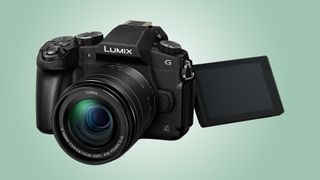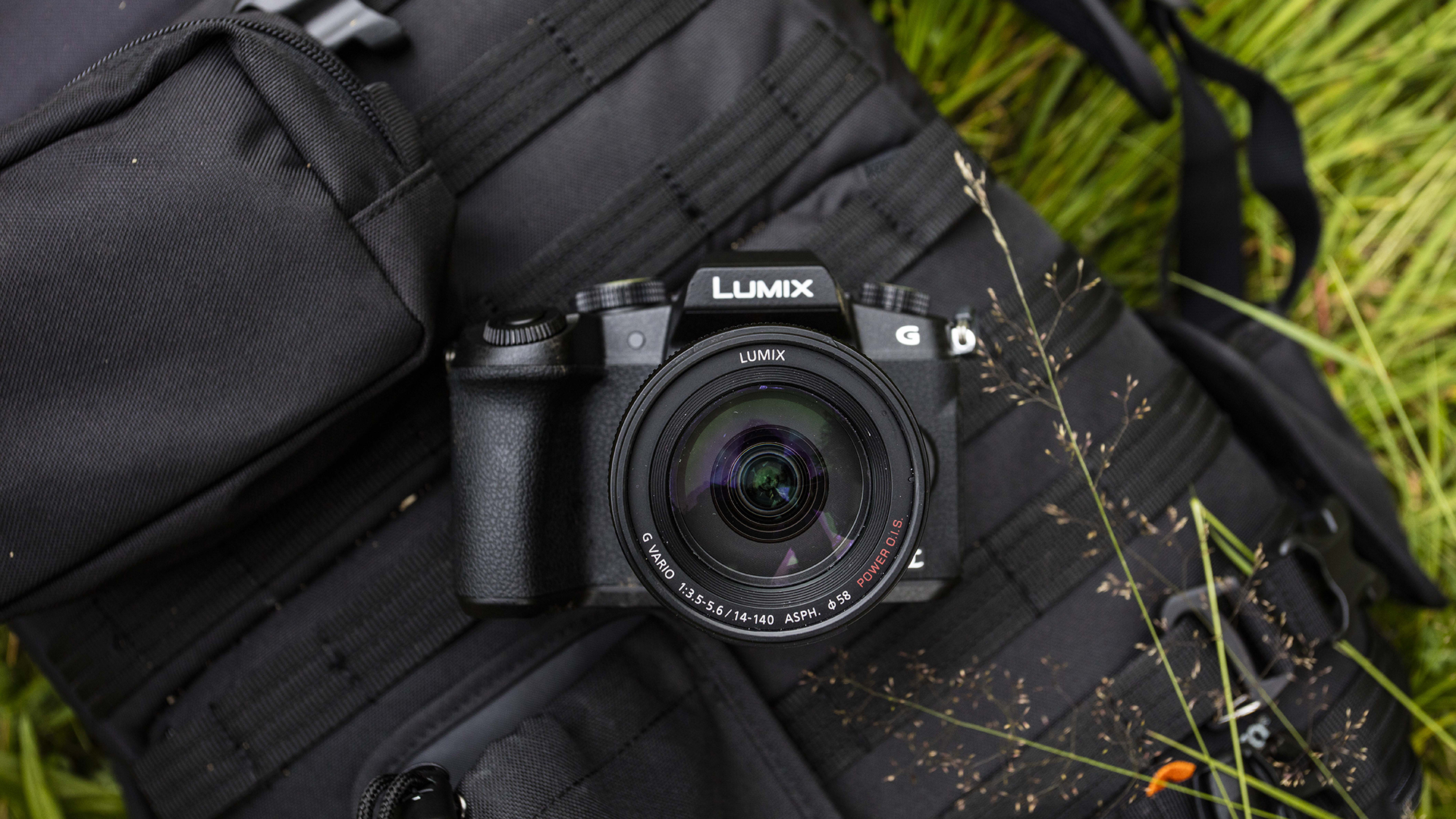TechRadar Verdict
While not quite perfect, the G80’s feature set and performance make it one of the most compelling mid-range mirrorless propositions around.
Pros
- +
Excellent EVF and touchscreen
- +
Strong AF performance
- +
Good in-camera raw conversion
- +
Great results with 4K video
Cons
- -
Only 16MP resolution
- -
Some over-complicated controls
- -
Interface could be simplified
- -
Noise reduction a little harsh
Why you can trust TechRadar
Panasonic has been crafting some impressive cameras in recent years, from its pocketable compacts like the LX10 / LX15 to more advanced interchangeable-lens models. With the G80 – called the G85 in the US – it seeks to continue its winning run, combining enthusiast-level features with a form that shouldn’t intimidate even more novice users.
Although the double-digit model name breaks with convention – almost all previous G models have been identified by a single number – the model succeeds the G7 that was announced last year. Much of what was in that camera has been carried over, and the changes are mostly expected when you consider which areas Panasonic has chosen to focus on in recent years, but the resulting camera is nonetheless very well specified for its class.
The G80 isn’t short of competitors however – and capable ones at that. The target audience is likely to be drawn to cameras such as the Fujfilm X-T10, Olympus OM-D E-M5 Mark II and potentially the pricier Sony A6300, all of which have won acclaim for their performance.
DSLR rivals, meanwhile, include Pentax’s K-70, Canon’s EOS Rebel T6s / 760D and Nikon’s D5500, although with a broad range of supporting optics and a scattering of clever technologies on its side, the G80 certainly has a lot to recommend it from the off. So, does it offer performance to match?
Features
- Micro Four Thirds Live MOS sensor, 16MP
- 3.0-inch, vari-angle touchscreen, 1,040,000 dots
- 4K video capture
As with the model it supersedes, the G80 is designed around a 16MP Live MOS sensor. While it appears similar to those featured in many previous Micro Four Thirds models, this one dispenses with an optical low-pass filter to help the camera record finer details with greater clarity; the flipside of this is that it potentially makes it more prone to the effects of aliasing.
The sensor is partnered with a new Venus processing engine, and once again we find 4K video recording on offer. This records to the 4K UHD resolution of 3840 x 2160 pixels, in a choice of 25p and 24p frame rates, as well as Full HD recording to 50p. You can pull 8MP frames from captured footage and use a Live Cropping feature to pan around and zoom into the scene as you’re recording, while those looking to take video seriously will also be pleased to find a microphone port, and the option to output footage in real time through the HDMI port next to it.
While the G7 relied on image stabilisation through the attached lens, Panasonic has fitted the G80 with sensor-based stabilisation, and these two work together.
This Dual I.S. Mark II system combines five-axis stabilisation from the sensor with dual-axis stabilisation from a lens, and the maximum compensatory effect is stated at an impressive five stops. Currently only two lenses are compatible with the Dual I.S. Mark II feature, one being the default 12-60mm f/3.5-5.6 Power O.I.S. kit option, although firmware updates should bring compatibility with others.
To further help with stability, Panasonic has also employed an electromagnetic drive for the shutter unit and constructed the front plate from magnesium. This combination promises a 90% reduction in shutter vibration over the previous G7, which suffered with this issue.

The rear display retains the 3.0-inch screen and 1.04 million-dot resolution from the G7, as well as its free-angle design, which allows the screen to be turned all the way around to face the front. It also offers the same touchscreen control seen previously, and this can be used for focus point adjustment and option selection, as well as for image and video review.
The OLED panel inside the camera’s electronic viewfinder (EVF) once again displays details with 2.36 million dots, although Panasonic has increased its magnification from 0.7x to 0.74x.
A range of Photo Styles includes Vivid, Natural, Monochrome and Scenery, and two Cinelike gamma presets that become selectable when shooting in Manual Movie mode. These are complemented by a raft of Creative Control presets that are designed to give images and videos an instant treatment, from the common High Key, Toy Effect and Miniature options to Rough Monochrome and Impressive Art.

The camera is loaded with many further useful features, from a two-axis electronic level and silent shooting function to various bracketing options that now include an aperture bracketing setting. There’s also zebra patterning and various manual focus assist options, including a particularly comprehensive focus peaking setting, while captured images can be cropped, resized and rotated, and also be put through in-camera raw processing where required.














